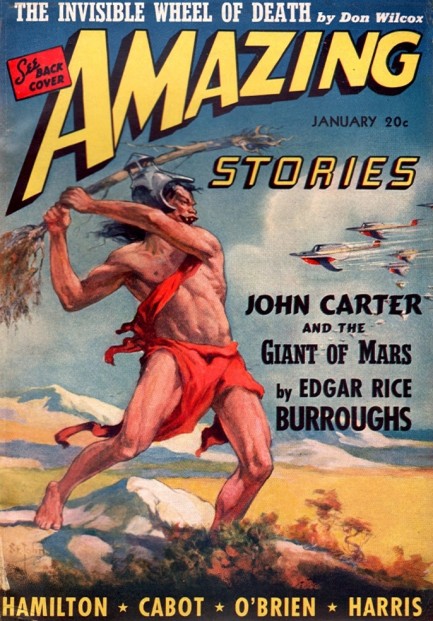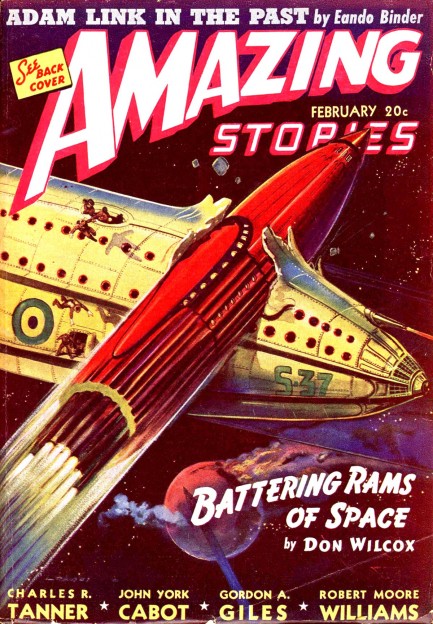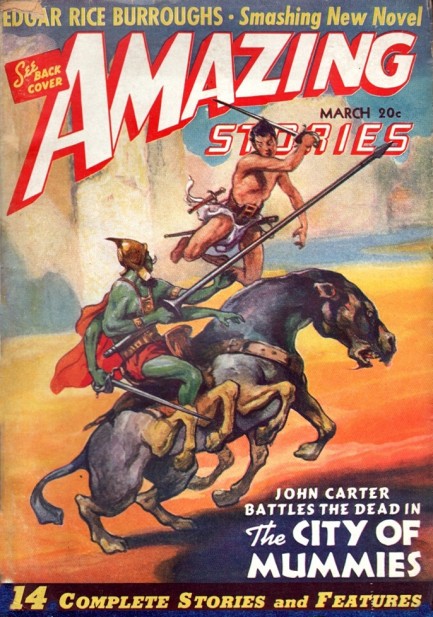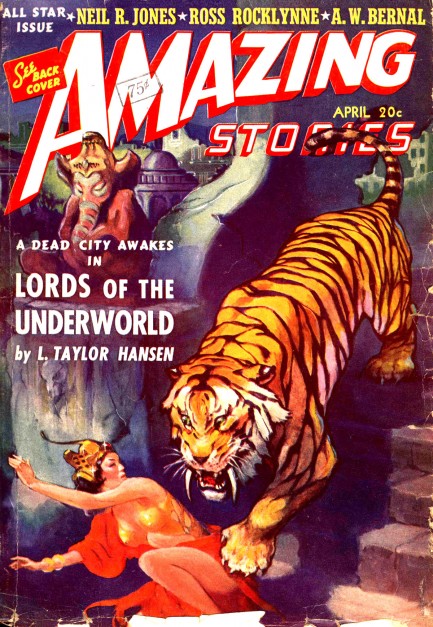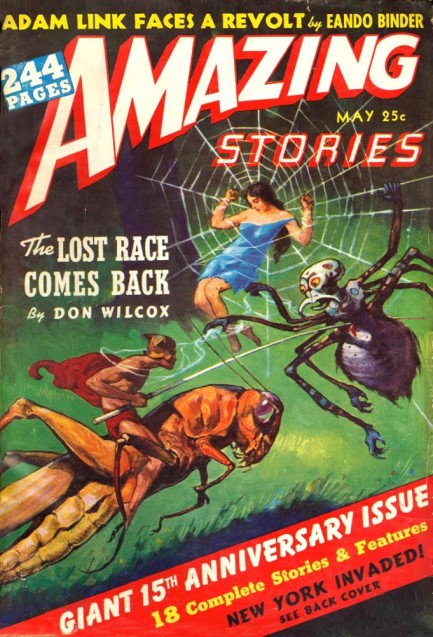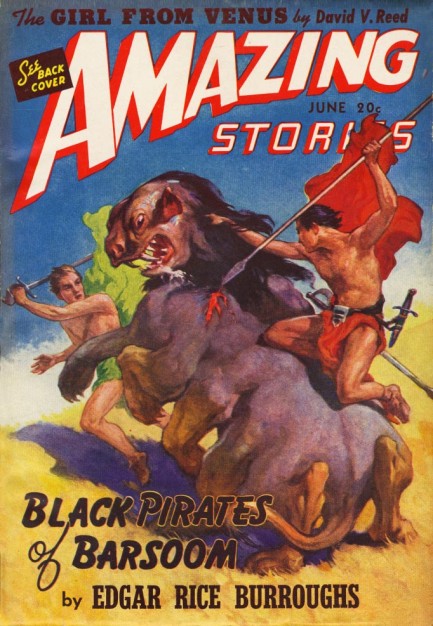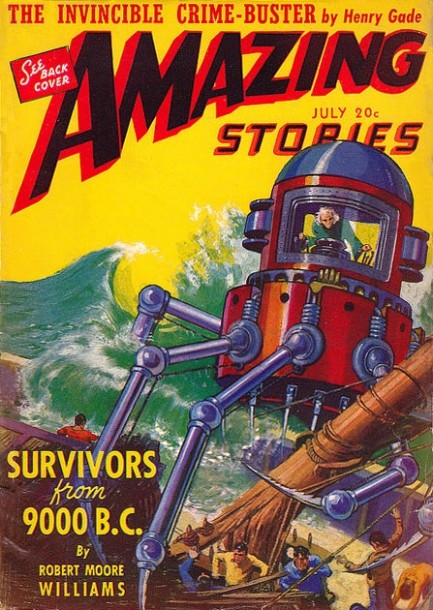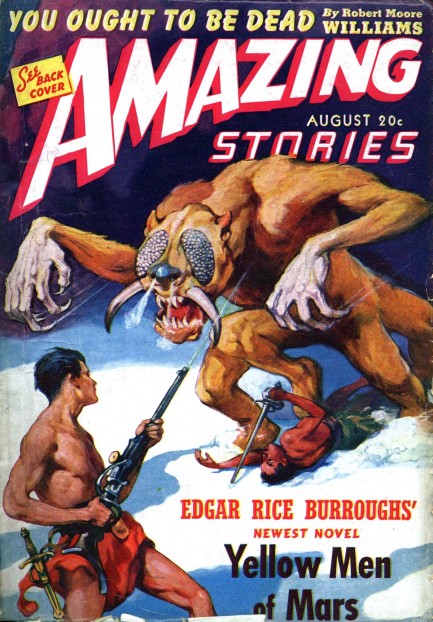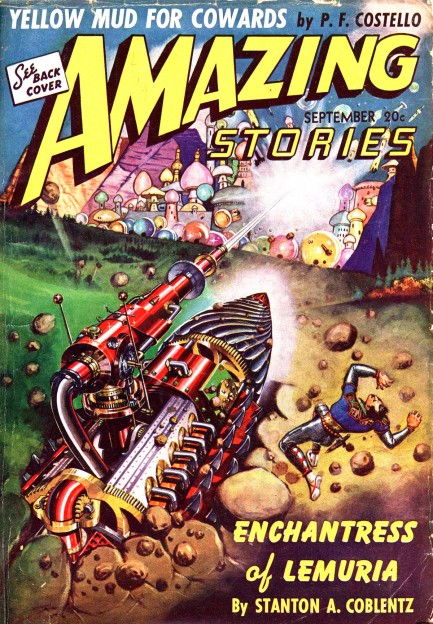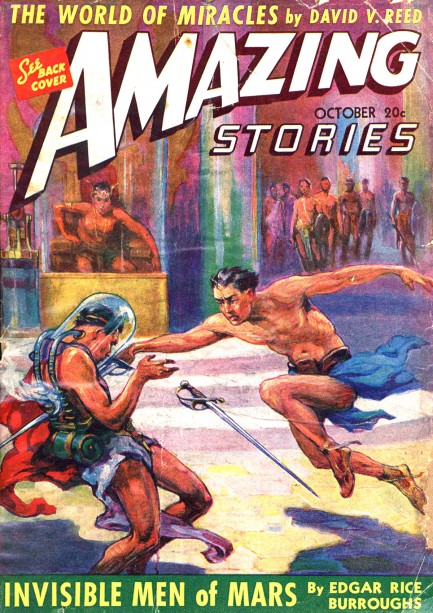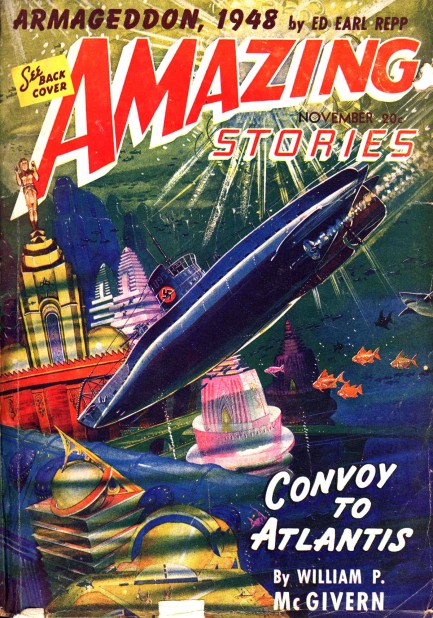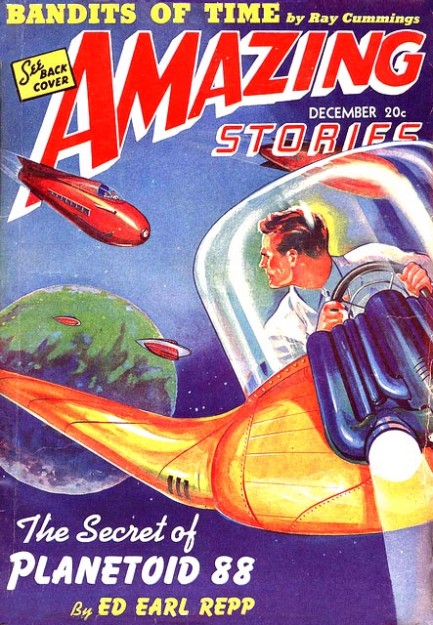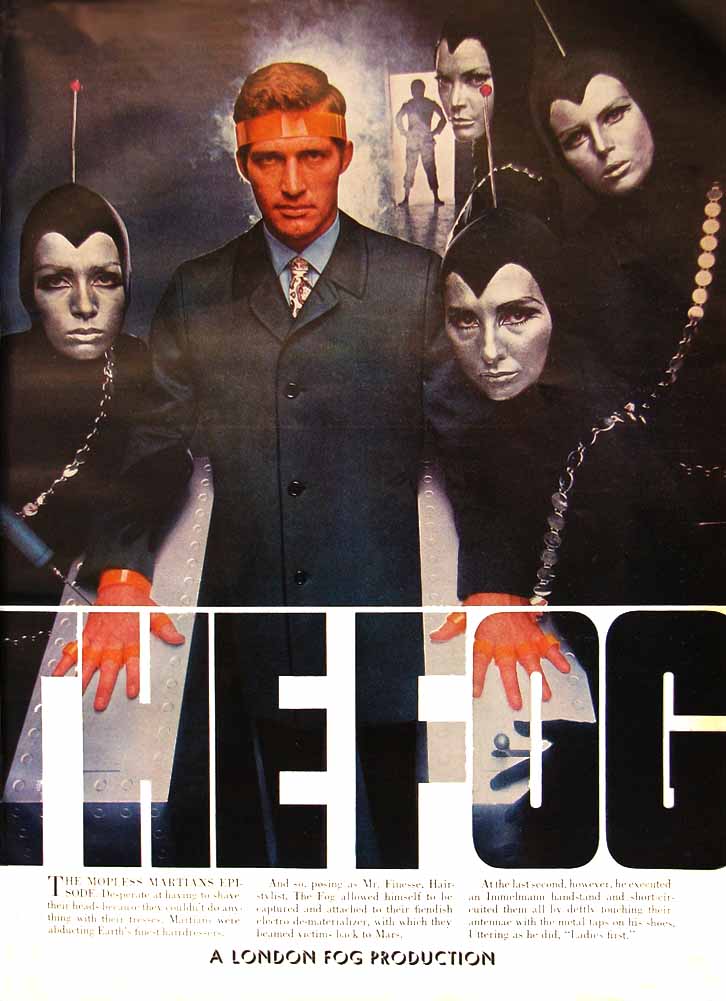 I know these regional airports lack the usual amenities, but a shuttle to the terminal sure would be nice. 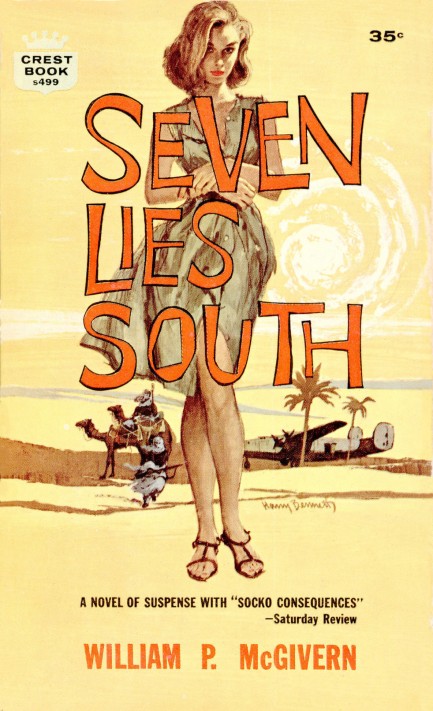
We've mentioned before that we like to read books about places we've been, but we had no idea the 1960 thriller Seven Lies South was set in Spain and Morocco. We impulse-bought this 1962 Crest edition after seeing William P. McGivern's name and taking in the striking Harry Bennett cover art featuring a woman, an aircraft, two bedouins, and their camels. McGivern wrote the excellent 1961 juvenile delinquent thriller Savage Streets, so that was all we needed to know. We found out in the first page that the setting, as the story opened, was Malaga, Spain, and went, “Oh, okay—even better.”
The book stars Mike Beecher, a former bomber pilot, now in his late thirties and doing a belated Lost Generation bit—idleness, parties, a rotating cast of acquaintances, and a lot of solitary reflection in a foreign land. His Sun Also Rises-style fatalism is a little tedious, in our view. After all, he was never wounded in the sex organs like Jake Barnes, and if one's naughty bits function, there's always reason to smile. In any case, one day he meets a beautiful young woman named Laura Meadows, who embodies his dissatisfaction:
She symbolized everything that was unobtainable, beyond his reach; the rosy and prosperous life of America, with the tides of success sweeping everyone on to fine, fat futures.
But not everyone, of course. Entire ethnicities were excluded from that sweeping tide of success. Things are unobtainable for Beecher, but only because he's made a choice to reject them. What a luxury, to reject something, then bemoan what one “can't” have, when many people really can't have it. It's not a flaw in the book, so much as a cultural blind spot—perhaps deliberately inserted by McGivern, who was generally insightful about such issues. You have to sort of smile at Beecher's inability to appreciate being reasonably young, healthy, and knocking around the south of Spain drinking wine. Not everyone gets to do that. That's exactly what we do, and we appreciate it every day.
Beecher is coerced into helping to steal a plane headed for Morocco, but the mission goes wildly sideways, which unexpectedly mutates the narrative into a desert survival adventure. In order to set up and progress through this section, McGivern has his characters sometimes undertake actions that don't exactly resound with logic, but even so the book is good. McGivern can really write, even when it verges on the preposterous. He was more at home in the suburbs of Savage Streets, but he navigates the Spain and Morocco of Seven Lies South deftly enough. We have no hesitation about trying him again.
 Okay, boomer, you may be young and tough, but this old guy's gonna give you a whipping you'll never forget. 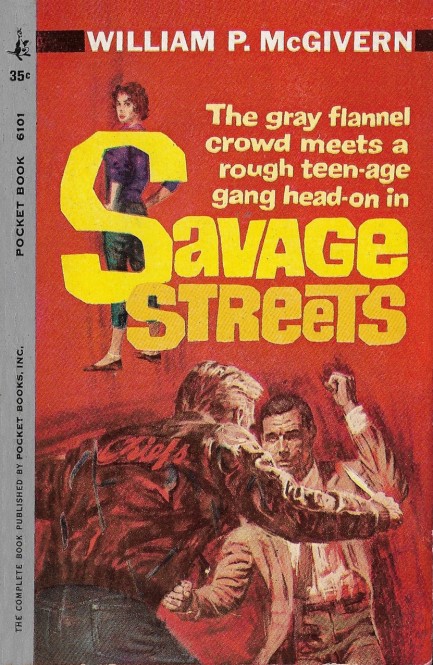
William P. McGivern's 1961 novel Savage Streets was part of a wave of juvenile delinquent fiction characterized by the novels of Hal Elson and Harlan Ellison, and a nice example of a genre that rose in response to middle American fear and fascination with youth gangs. The narrative begins when some junior league thugs who call themselves the Chiefs begin extorting money from the pre-teen kids of a nearby suburb. The kids steal from their parents to satisfy these demands, but the thefts go unnoticed only for so long. The truth comes out, a suburban father intervenes with the gang on behalf of his son, and a fistfight results. Other parents in this conservative enclave are infuriated at the gang, and a group of them go to the police, but when the results aren't satisfactory they decide to deal with the Chiefs in a way the gang will understand—by hitting back twice as hard. From this point, McGivern takes his tale in an interesting direction. The dads expect the police to function as tools of their anger. Any attempt to give the Chiefs equal treatment or due process is met with outrage. In other words, they expect to be protected by the law without being accountable to it, while they expect the Chiefs to be accountable to the law without being protected by it. This leads not to resolution, but to increasing distrust, violence, and finally disaster upon disaster. Later the dads realize that the genesis of the crisis may not have been the Chiefs' extortion after all, but something the dads were involved with even earlier—a law they helped push through the city council. They might have realized the law was unfair, but none of them cared enough to bother looking closely at it. McGivern really hit pay dirt with this book. It's well written, immersive, and relevant.
 The temperature rises and the bodies fall in Fritz Lang's tense film noir. 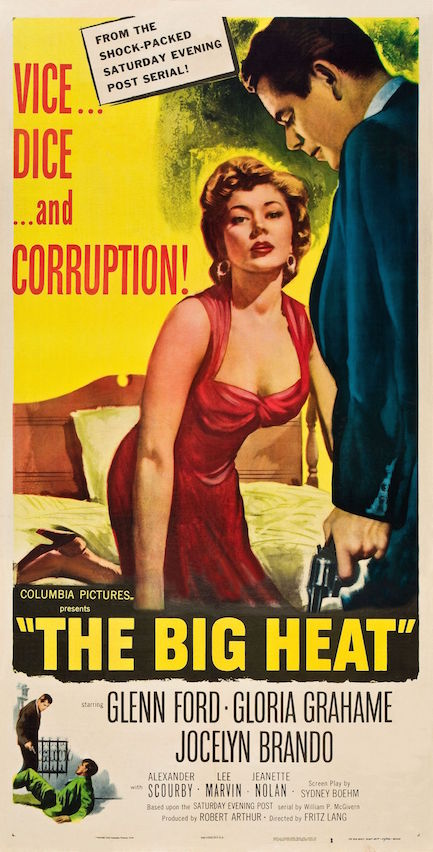
In the thriller The Big Heat, which is based on a novel by William P. McGivern and directed by Fritz Lang, Glenn Ford plays one of the toughest men you'll find in film noir—ass kicking detective Dave Bannon, whose clash with organized crime sends him down a rogue path that leaves people battered, bruised, bloodied, burnt, and blown up. He co-starred with Gloria Grahame, and the way the plot develops, she turns out to be every bit as tough. We can't tell you anything about the movie others already haven't about a thousand times, so we're focusing instead on this top notch promo poster, a framable classic in the panel format we love. You'll see this online only occasionally because it's way too rare for sellers to ever have in stock, but it's a fitting piece for such a great movie. The Big Heat premiered in the U.S. today in 1953. 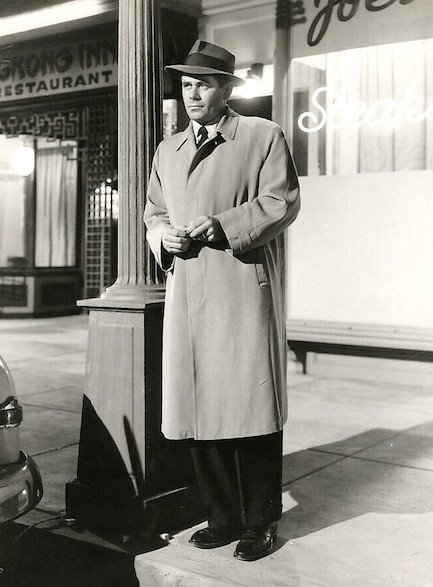 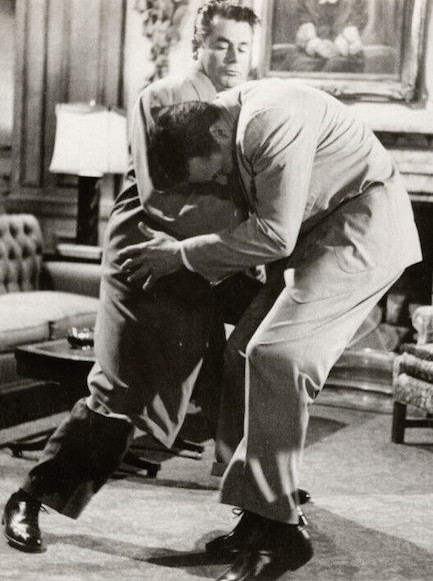 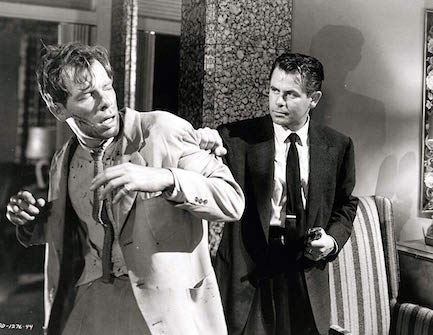 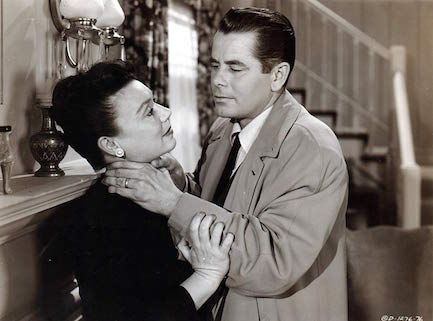 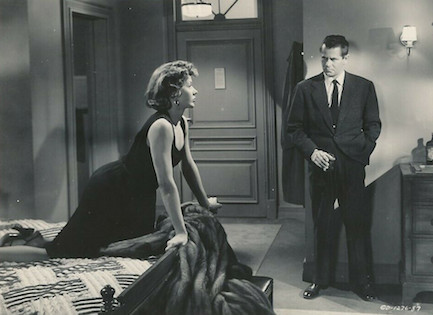 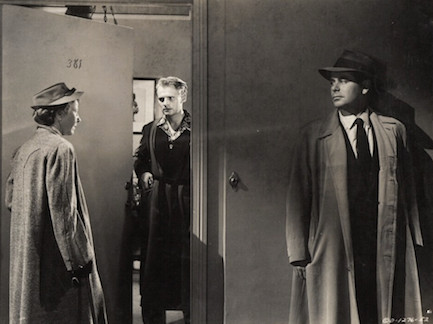 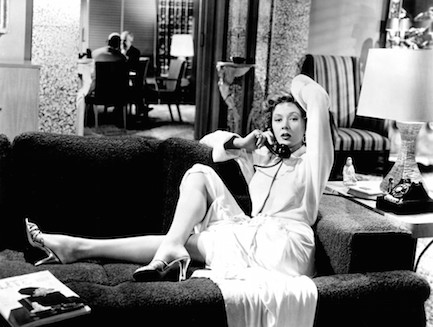  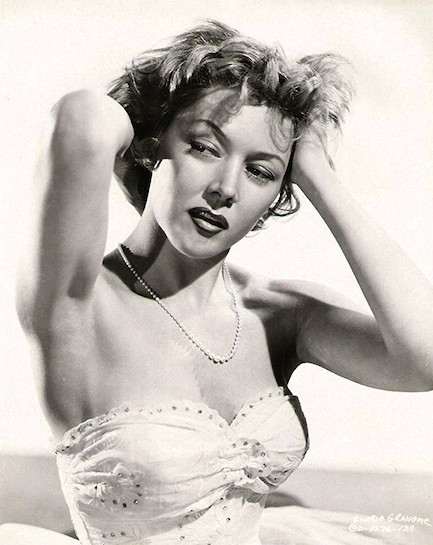 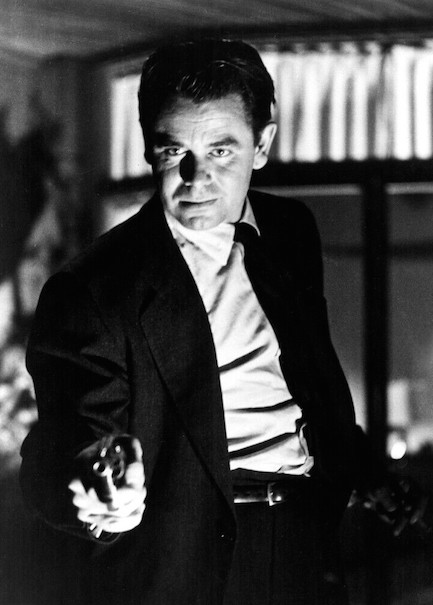
 They'll have to choose what they hate more—their circumstances or each other. 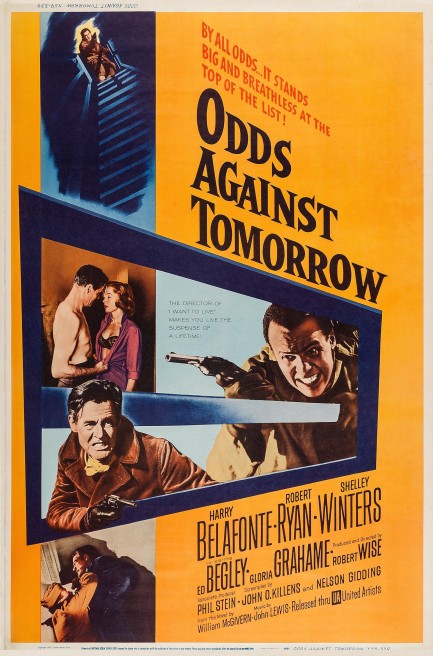
The Noir City Film Festival rolls on with Robert Wise's 1959 thriller Odds Against Tomorrow. Harry Belafonte and Robert Ryan star in a heist story that brings a touch of underground jazz and an edge of racial tension to the narrative mix. It would play nicely on a double bill with In the Heat of the Night, but fits at Noir City too. In fact it might be the darkest film noir on the bill. Belafonte is in debt to mobsters and Ryan is broke and feels emasculated being supported by his girlfriend. When ex-cop Ed Begley brings the two together for a lucrative robbery both see it as the only answer. The robbery has the same problems associated with any heist, with the added complication of Ryan's racism.
Some reviews of this film try to suggest equivalence between these two characters. Uh, no. Belafonte's separatist leanings and distrust of whites in a society that is unfair toward him is a precaution; Ryan's separatist leanings and distrust of blacks in a society that favors him is oppression. This is a basic sociological truth as it relates to power in any society, and it's irksome that some reviewers miss this. Belafonte responds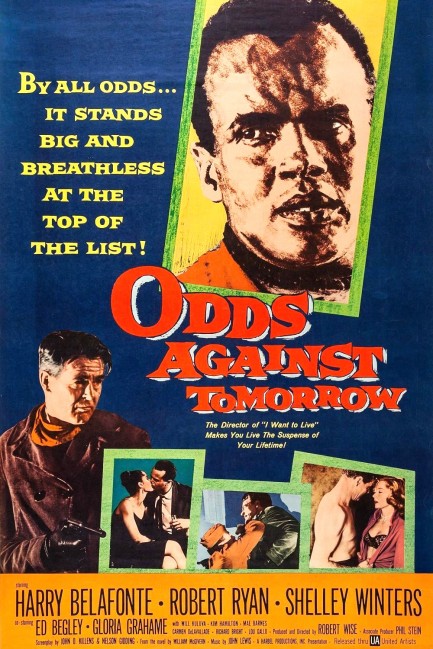 to aggressive hate with reactive hate. The expectation that he possess superhuman forbearance while his oppressor can be merely human removes context and wrongly demands that everybody behave identically despite their different circumstances and different locations within the spectrum of power. to aggressive hate with reactive hate. The expectation that he possess superhuman forbearance while his oppressor can be merely human removes context and wrongly demands that everybody behave identically despite their different circumstances and different locations within the spectrum of power.
Much of the movie examines Belafonte's and Ryan's respective attitudes along these lines, with the heist coming in a flurry of action at the end. The robbery is basically foolproof, but only if the powder keg of racial resentment doesn't blow it sky high. The points Wise is making here, which originate with William P. McGivern's novel, are simply these: cooperate and succeed, or fight and fail. All Ryan needs to do is extend the hand of respect, but because of his prejudice he fails again and again, which hardens Belafonte's already suspicious attitudes. Who do these two hate more—their circumstances or each other? That's what Odds Against Tomorrow asks, about its characters, and America. Noir City festivalgoers will leave the cinema talking about this one. 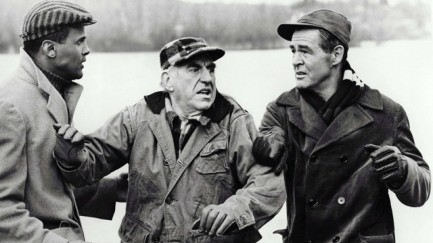
 I could stop coloring it, I guess. But then I'd be a brunette again, and that's worse than dying young. 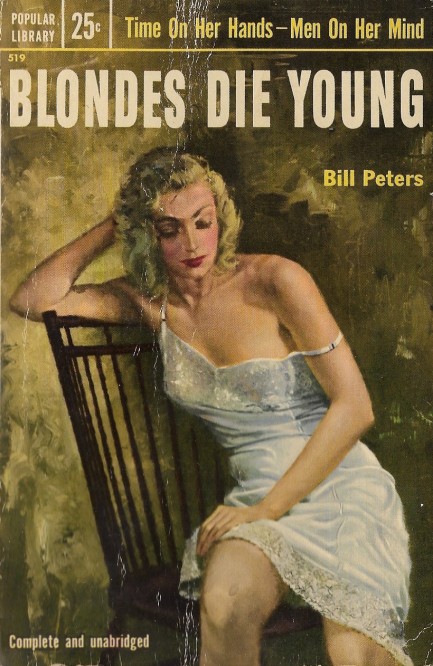 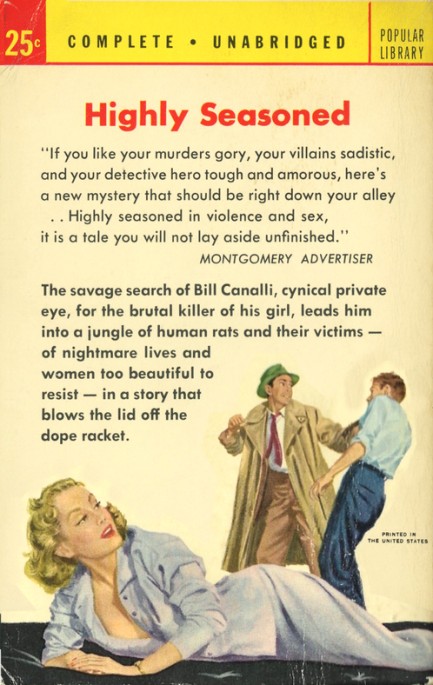
Above, an uncredited cover for Blondes Die Young by Bill Peters. The author is aka William P. McGivern, and the book is hard boiled action in Chicago's jazz clubs and dope dens, as the sleuth protagonist Bill Canalli tries to track down the culprit who murdered his girlfriend. Who by the way has barely cooled to room temperature before slick Bill beds another woman, but what's a hard boiled guy to do? Anything to get to the bottom—of the case. The hero's treatment of this woman will raise some eyebrows in this day and age, but this is still an involving tale and we like that it doesn't get too moralistic about the drugs angle. And we got it for four bucks, which is an absolute steal. It was written in 1952 originally, with this Popular Library paperback edition appearing in 1953.
 Pull the blinds and turn out the lights. 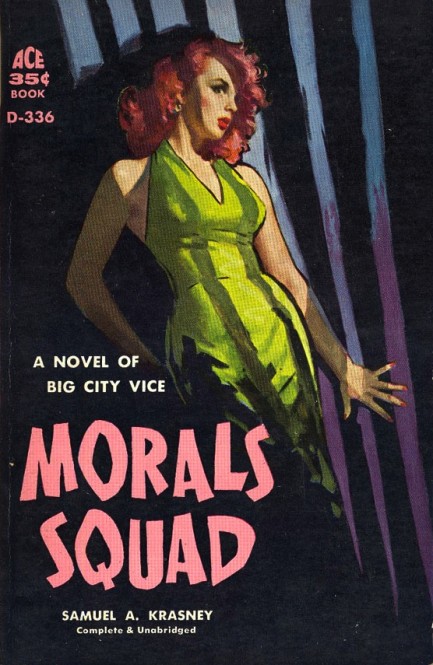
We’ve explored several cover motifs in pulp art, and another we’ve grown to appreciate is the use of venetian blind shadows or silhouettes. Always a dramatic addition to a cover, we could probably compile fifty of these, at least, but here are twenty examples. The artists—Emilio Freix, Robert Maguire, James Hodges, and others—use them to greater and lesser degrees, and opt for both literal and stylized renderings. For instance, the above cover from Maguire shows vertical shadows, but the sense of venetian blinds remains. As always, thanks to all the original uploaders.
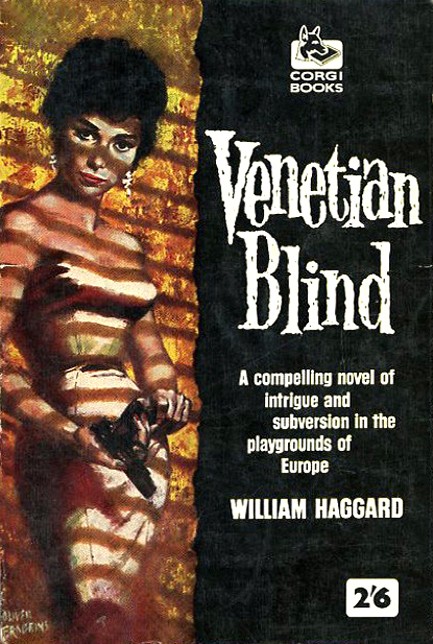 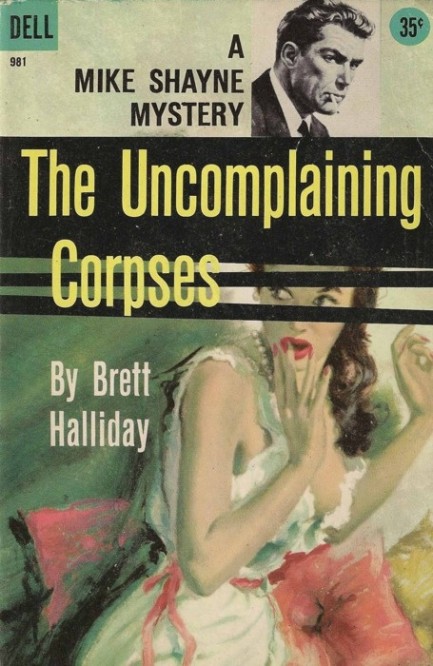 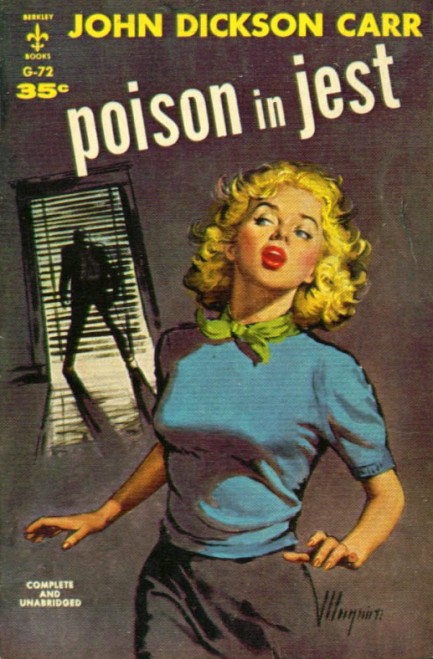 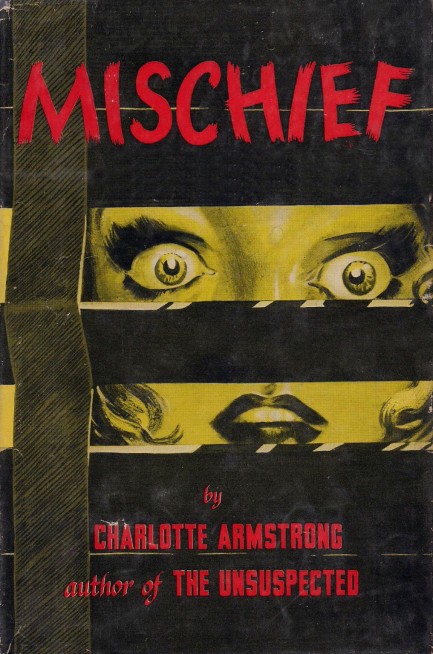 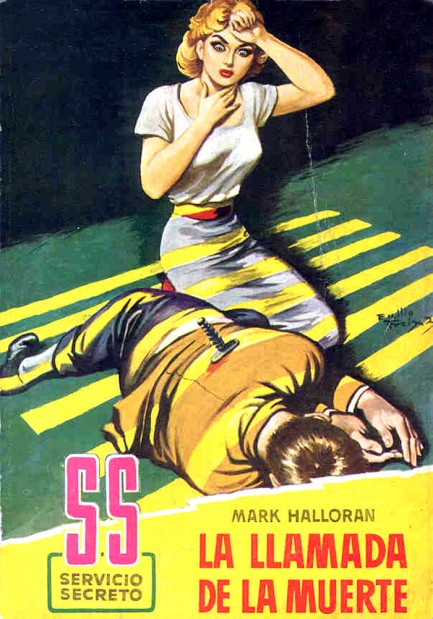 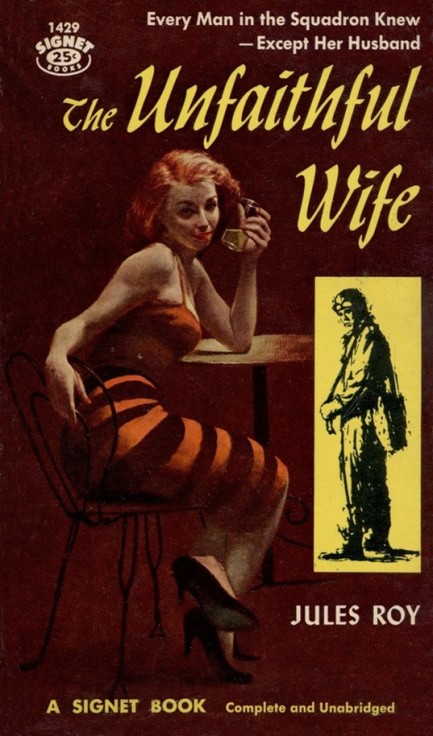 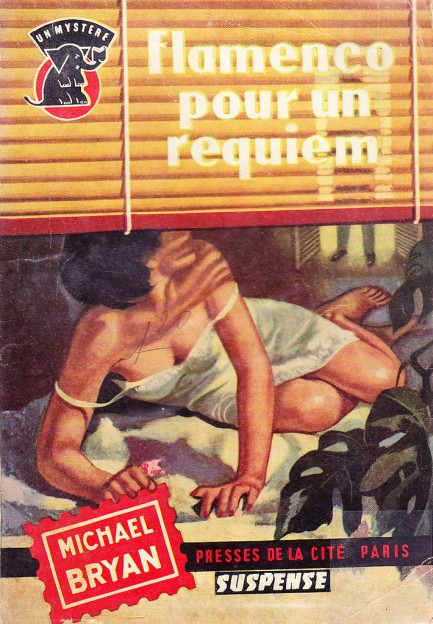 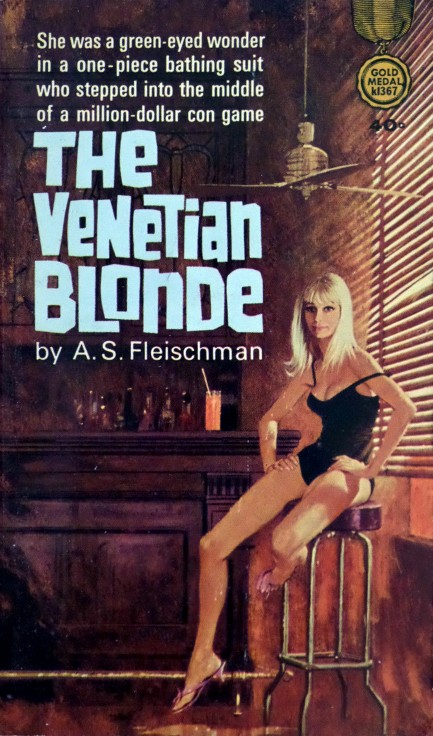 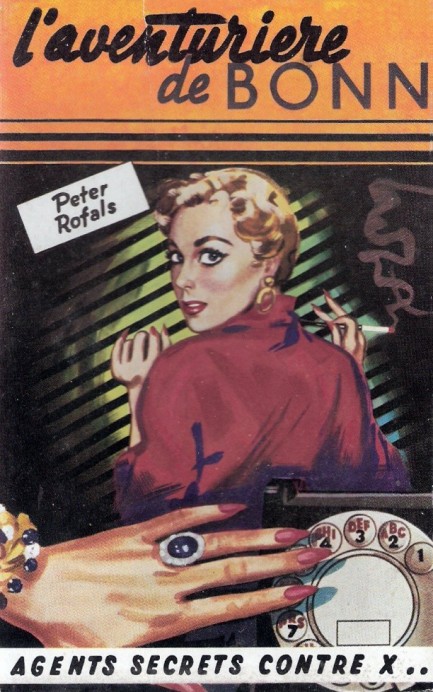 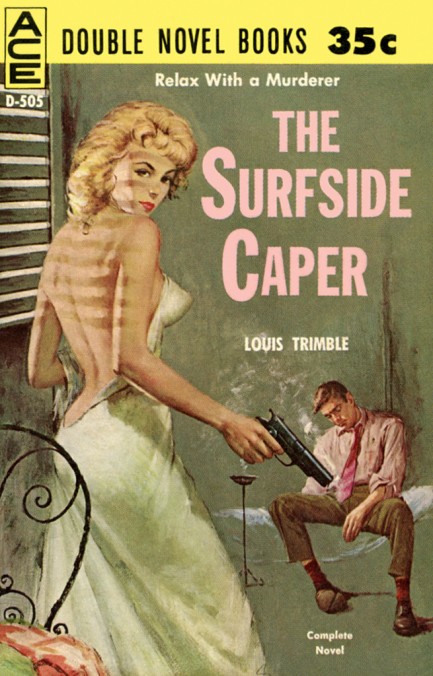 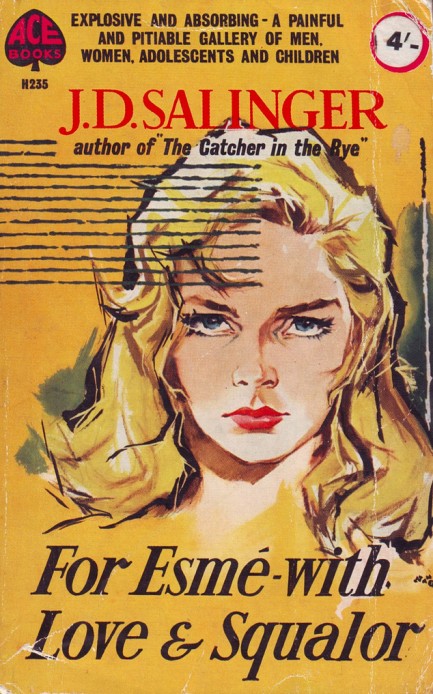 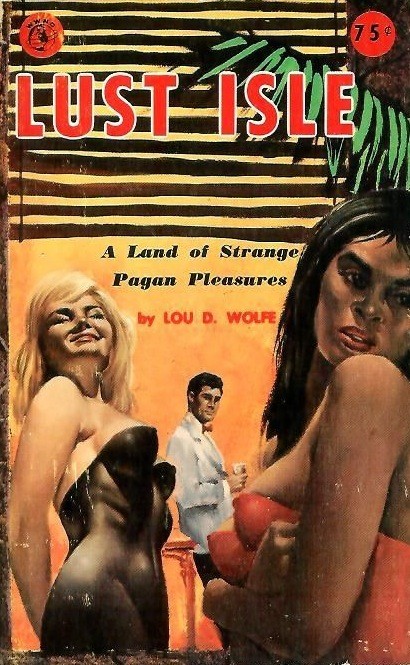 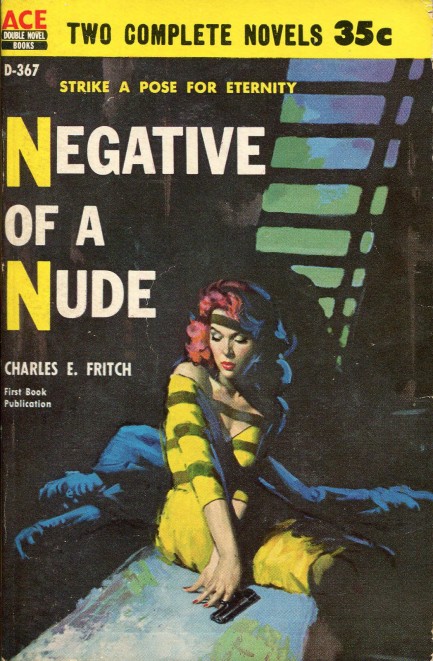 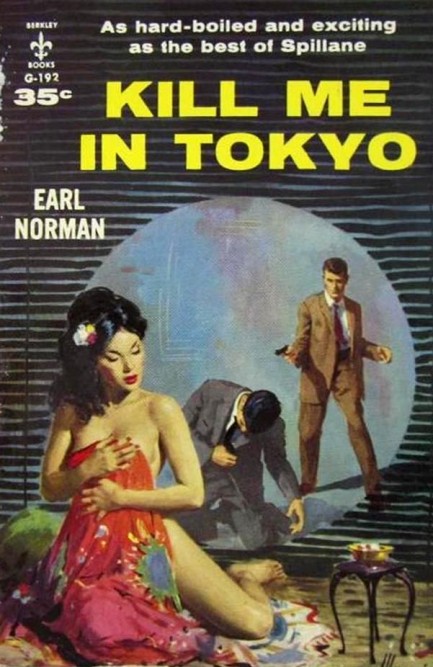 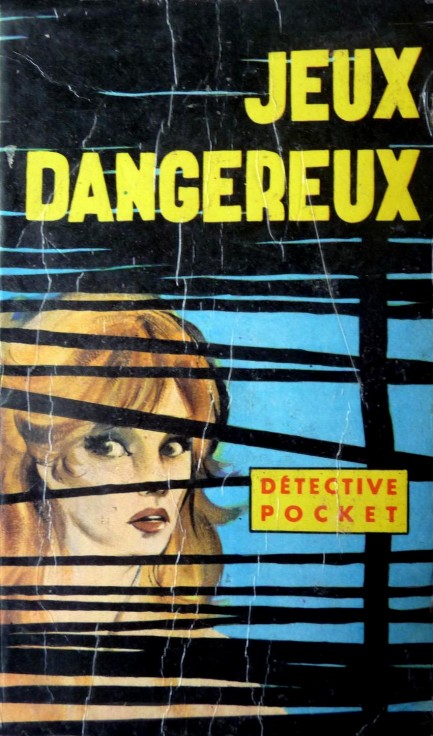  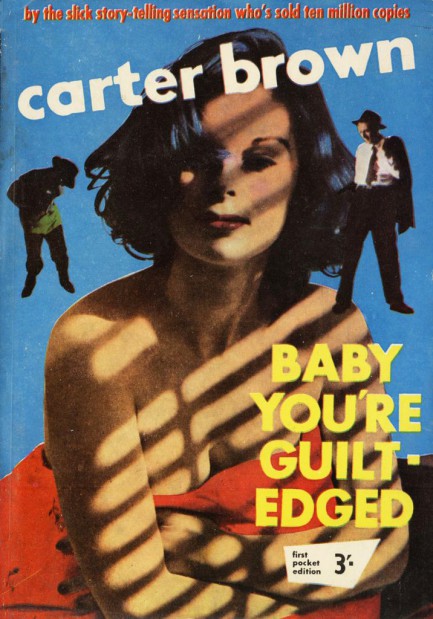 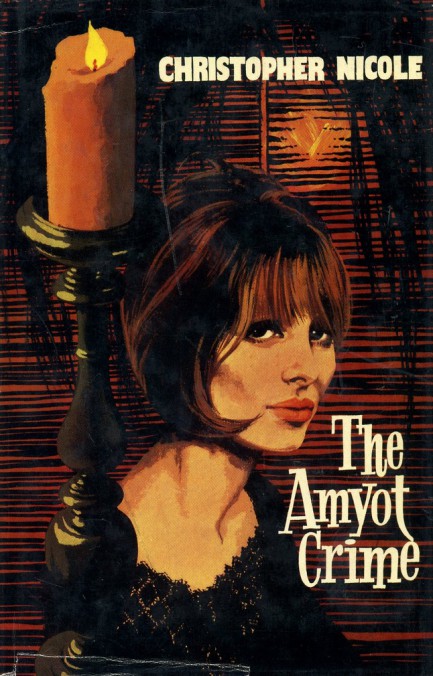 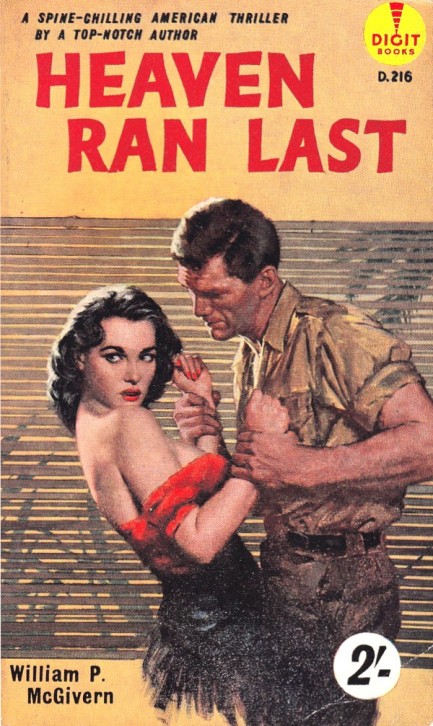
|
 |

The headlines that mattered yesteryear.
1945—Churchill Given the Sack
In spite of admiring Winston Churchill as a great wartime leader, Britons elect
Clement Attlee the nation's new prime minister in a sweeping victory for the Labour Party over the Conservatives. 1952—Evita Peron Dies
Eva Duarte de Peron, aka Evita, wife of the president of the Argentine Republic, dies from cancer at age 33. Evita had brought the working classes into a position of political power never witnessed before, but was hated by the nation's powerful military class. She is lain to rest in Milan, Italy in a secret grave under a nun's name, but is eventually returned to Argentina for reburial beside her husband in 1974. 1943—Mussolini Calls It Quits
Italian dictator Benito Mussolini steps down as head of the armed forces and the government. It soon becomes clear that Il Duce did not relinquish power voluntarily, but was forced to resign after former Fascist colleagues turned against him. He is later installed by Germany as leader of the Italian Social Republic in the north of the country, but is killed by partisans in 1945. 1915—Ship Capsizes on Lake Michigan
During an outing arranged by Western Electric Co. for its employees and their families, the passenger ship Eastland capsizes in Lake Michigan due to unequal weight distribution. 844 people die, including all the members of 22 different families. 1980—Peter Sellers Dies
British movie star Peter Sellers, whose roles in Dr. Strangelove, Being There and the Pink Panther films established him as the greatest comedic actor of his generation, dies of a heart attack at age fifty-four.
|

|
|

It's easy. We have an uploader that makes it a snap. Use it to submit your art, text, header, and subhead. Your post can be funny, serious, or anything in between, as long as it's vintage pulp. You'll get a byline and experience the fleeting pride of free authorship. We'll edit your post for typos, but the rest is up to you. Click here to give us your best shot.

|
|


















 to aggressive hate with reactive hate. The expectation that he possess superhuman forbearance while his oppressor can be merely human removes context and wrongly demands that everybody behave identically despite their different circumstances and different locations within the spectrum of power.
to aggressive hate with reactive hate. The expectation that he possess superhuman forbearance while his oppressor can be merely human removes context and wrongly demands that everybody behave identically despite their different circumstances and different locations within the spectrum of power.

























